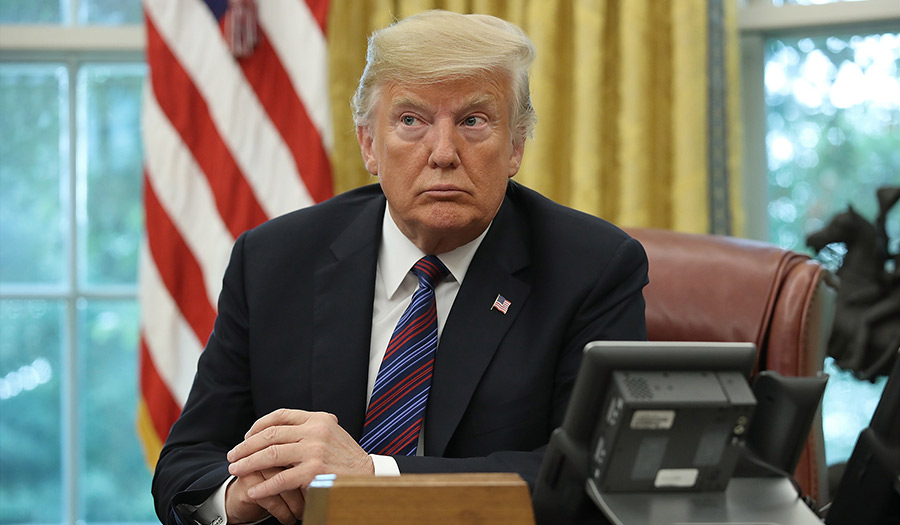 Win McNamee/Getty Images
Win McNamee/Getty Images
World News Desk
Learn the why behind the headlines.
Subscribe to the Real Truth for FREE news and analysis.
Subscribe NowWASHINGTON (AP) – The United States reached a preliminary deal with Mexico to replace the North American Free Trade Agreement. Yet it raised vital questions: Can Canada, the third member country in NAFTA and America’s No. 2 trading partner, be coaxed or coerced into a new pact? Or will it be left out altogether?
“There are still a lot of questions left to be answered,” said Peter MacKay, a former Canadian minister of justice, defense and foreign affairs who is now a partner at the law firm Baker McKenzie.
President Donald Trump suggested that he might leave Canada out of a new agreement. He said he wanted to call the revamped trade pact “the United States-Mexico Trade Agreement” because, in his view, NAFTA has earned a reputation for being harmful to American workers.
But first, he said, he would give Canada a chance to get back in—“if they’d like to negotiate fairly.” To intensify the pressure on Ottawa to agree to his terms, the president threatened to impose new taxes on Canadian auto imports.
Talking to reporters, the top White House economic adviser, Larry Kudlow, urged Canada to “come to the table.”
“Let’s make a great deal like we just made with Mexico,” Mr. Kudlow said. “If not, the USA may have to take action.”
Canada’s NAFTA negotiator, Foreign Minister Chrystia Freeland, is cutting short a trip to Europe to fly to Washington on Tuesday to try to restart talks.
“We will only sign a new NAFTA that is good for Canada and good for the middle class,” said Adam Austen, a spokesman for Ms. Freeland, saying that “Canada’s signature is required.”
Mr. MacKay added, “There is still a great deal of uncertainty—trepidation, nervousness, a feeling that we are on the outside looking in.”
Noting the “massive amount of movement of goods between the three countries and the integration of operations,” Jay Timmons, president of the National Association of Manufacturers, said “it is imperative that a trilateral agreement be inked.”
The preliminary deal with Mexico might bring more manufacturing to the United States. Yet it is far from final. Even after being formally signed, it would have to be ratified by lawmakers in each country. The U.S. Congress would not vote on it until next year—after November midterm elections.
Mexico has said it wants Canada included in any new deal to replace NAFTA.
“We are very interested in this being an agreement of three countries,” said President-elect Andres Manuel Lopez Obrador. At the same time, Foreign Minister Luis Videgaray told reporters that “Mexico will have a free trade agreement regardless of the outcome” of U.S.-Canada negotiations.
The Office of the U.S. Trade Representative said Mexico had agreed to ensure that 75 percent of automotive content be produced within the trade bloc (up from a current 62.5 percent) to receive duty-free benefits and that 40 percent to 45 percent be made by workers earning at least $16 an hour. Those changes are meant to encourage more auto production in the United States.
More on Related Topics:
- UN: World Falling Behind on Environment, Health and Hunger Goals
- D-Day 80th Anniversary Sees Dwindling Number of Veterans, Shadowed by Europe’s New War
- Migration Tracking Group Says 76 Million People Were Displaced Within Their Countries in 2023
- Pro-Palestinian Student Protests Spread Across Europe. Some Are Allowed. Some Are Stopped
- Explainer: Could the Palestinians Become a Full United Nations Member?


